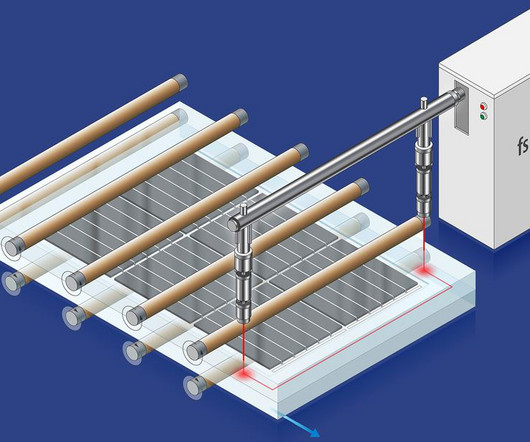Renewable plastic precursor could reduce cost of cellulosic ethanol by >$2/gallon
Green Car Congress
APRIL 10, 2017
The DHP is then hydrated to 2-HY-THP and 2-HY-THP dimers in yields up to 100 % in the aqueous phase (20 wt % DHP in water) without a catalyst at temperatures from 343 to 403 K (70 to 130 ˚C). Furfural is first hydrogenated into THFA, which is then dehydrated in the gas phase to produce dihydropyran (DHP) with 87% yield.





































Let's personalize your content